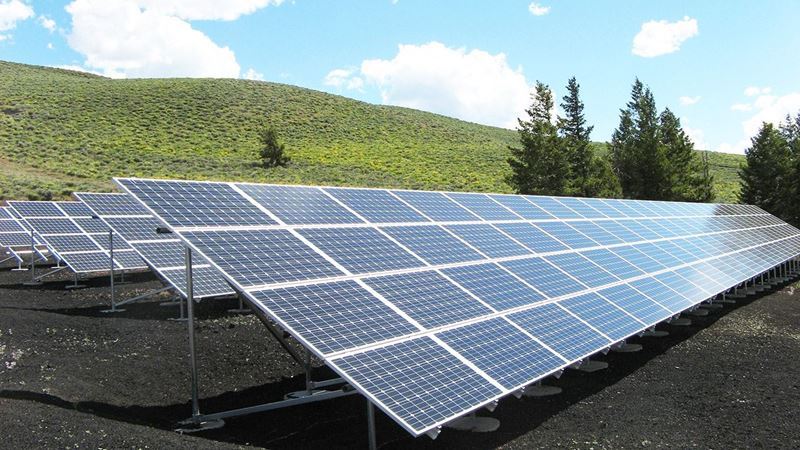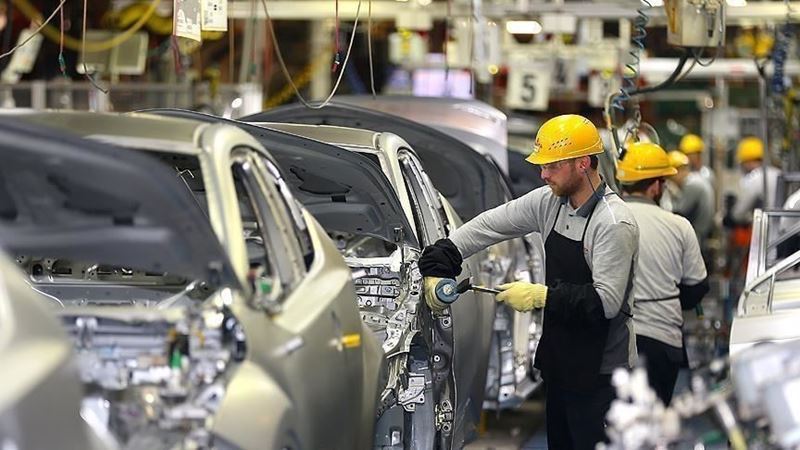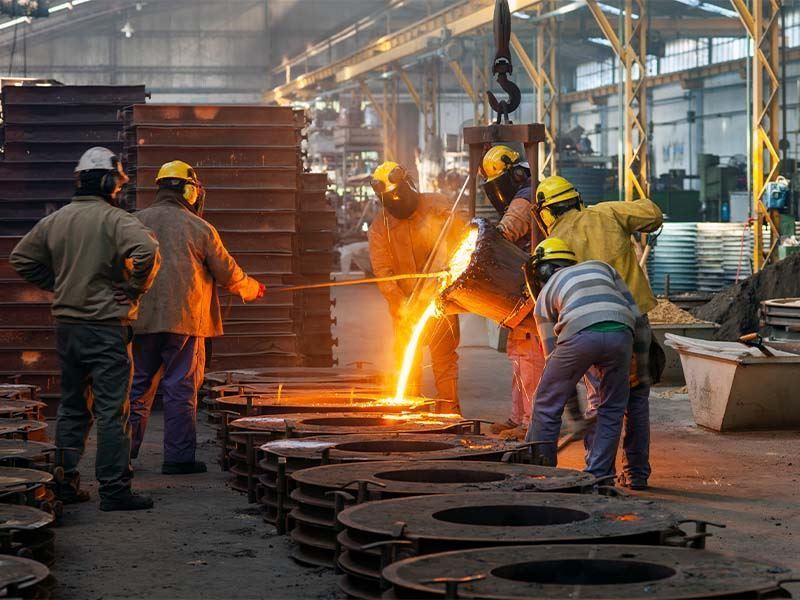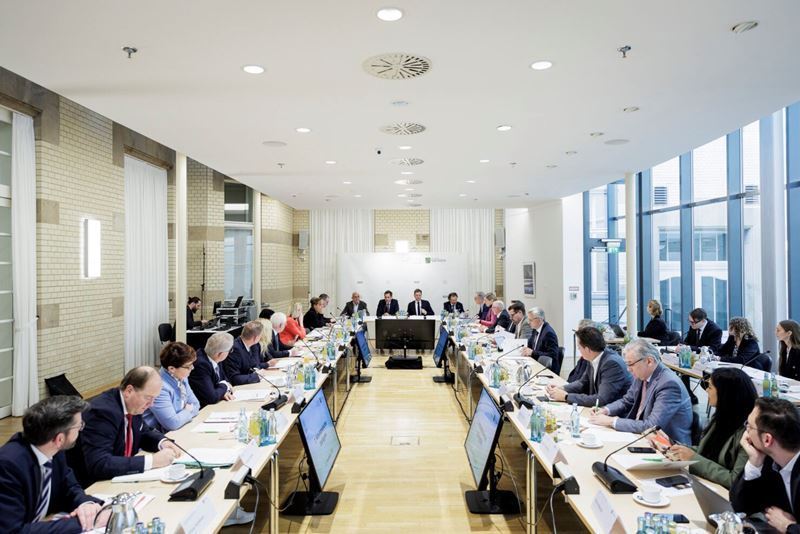According to the assessment released on 20 November 2025 by the ICRA, India’s solar module manufacturing capacity is expected to increase to 165 GW. However, the country’s annual solar project installations are projected to reach only 45–50 GW. This gap highlights the severe overcapacity pressure confronting the industry.
Meanwhile, under India’s approved models and manufacturers list, approximately 110 GW of module manufacturing capacity has been approved. Yet analysts emphasize that only 70–75% of this capacity is compatible with new-generation technologies such as ToPCon and bifacial modules. This misalignment is expected to further weaken the competitiveness of manufacturers unable to keep pace with technological transformation.
“Not all players can survive”
Girishkumar Kadam, Senior Vice President and Group Head at ICRA, emphasized that the sector is highly technology- and capital-intensive, noting that companies with large-scale and integrated manufacturing capabilities will gain an advantage. He stated that smaller producers will fall behind, adding:
“The manufacturing sector operates within a technology- and capital-intensive value chain. Scale is highly decisive in this structure. Not all players can sustain this; therefore, consolidation in the sector is inevitable.”
Overcapacity will intensify competition
The rapid expansion of the sector is increasing price competition among manufacturers, while companies unable to invest in new technologies face a rising risk of losing market share. Analysts note that although India is progressing toward becoming a major global player in solar panel manufacturing, the current pace of capacity expansion must be reassessed to ensure sustainable growth.
Industry experts anticipate that overcapacity will pressure margins and eventually force smaller producers as well as those unable to adapt to technological evolution to exit the market.









Comments
No comment yet.